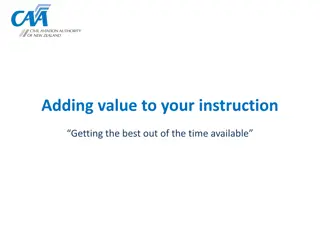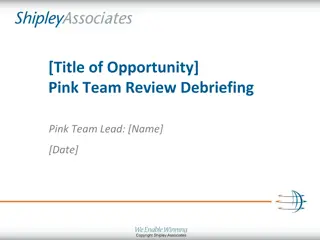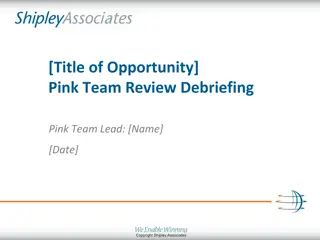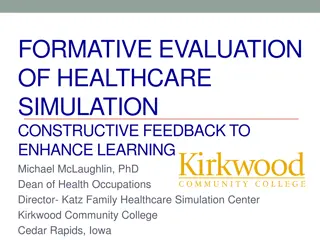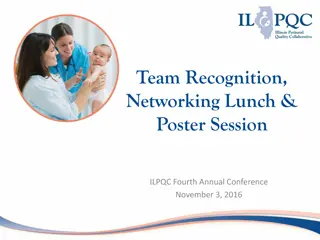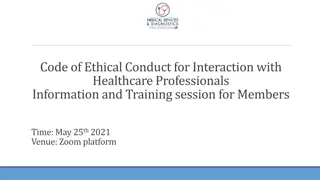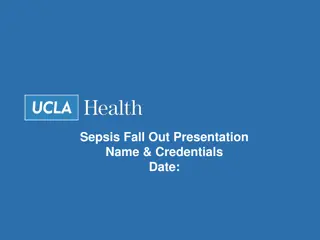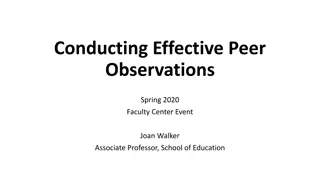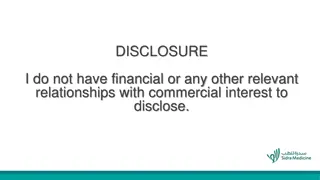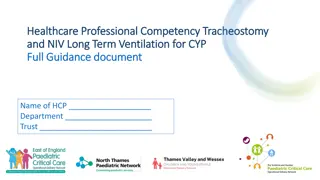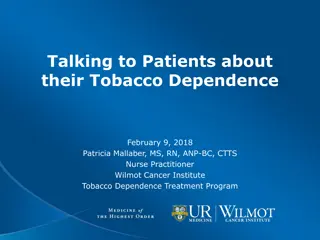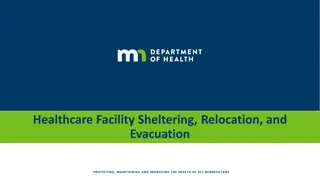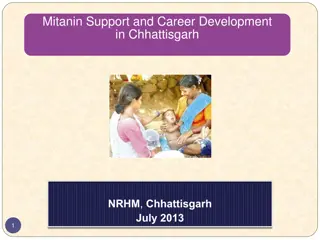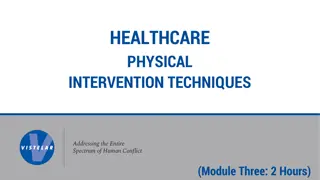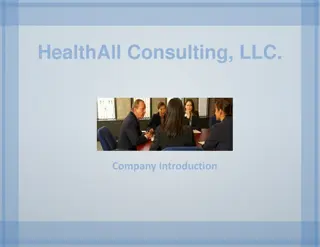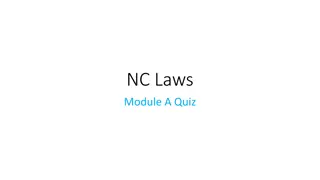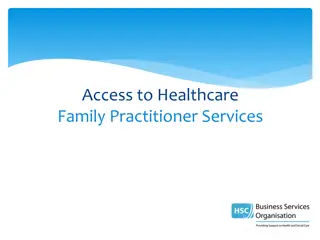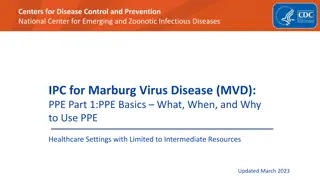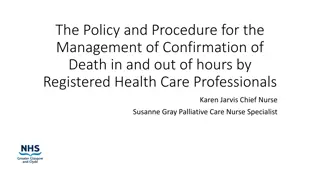Structured Debriefing Guidelines for Healthcare Professionals
Learn about structured debriefing methods such as SHARP and setting learning objectives in healthcare practice. Understand how to address concerns, review learning points, and plan ahead for future improvement. Explore cognitive, affective, and psychomotor aspects to enhance performance and promote continuous learning in a medical setting.
Download Presentation

Please find below an Image/Link to download the presentation.
The content on the website is provided AS IS for your information and personal use only. It may not be sold, licensed, or shared on other websites without obtaining consent from the author. Download presentation by click this link. If you encounter any issues during the download, it is possible that the publisher has removed the file from their server.
E N D
Presentation Transcript
Lewins/Kolbs Learning Cycle http://www.ldu.leeds.ac.uk/ldu/sddu_multimedia/kolb/static_version.php
Structured Debriefing Promoting Performance Technical aspects and Human factors Mutually engaging and learning Guided reflection Time efficient tool Evidence based Tool.
SHARP S H A R P Set learning objectives How did it go Address concerns Review learning points Plan ahead
Set Learning Objectives What would you like to get out of this case: Cognitive (e.g. proficiency in chronic disease diagnosis and management) Affective (e.g. maintaining composure while dealing with difficult patient) Psychomotor (e.g. use of CAGE in alcohol use, HEADDSS in adolescents, Hand washing before examination)
Set Learning Objectives Communication skills and rapport ( active listening, empathy, verbal vs non verbal reflection etc.) Setting scene for the consultation History taking: focused, templates System check, physical examination, patient's considerations Diagnosis and differentials Investigations, reasoning and cost Management, Bio-psycho-social approach Time management
How did it go What went well Why Doctor s Factors Patient's factors environment
Address concerns What did not go well Why Doctor s Factors Patient's factors environment
Review Learning Points Were your learning objectives met What did you learn about your clinical/technical skills What did you learn about your teamwork skills
Plan ahead What actions can you take to improve your future practice?






